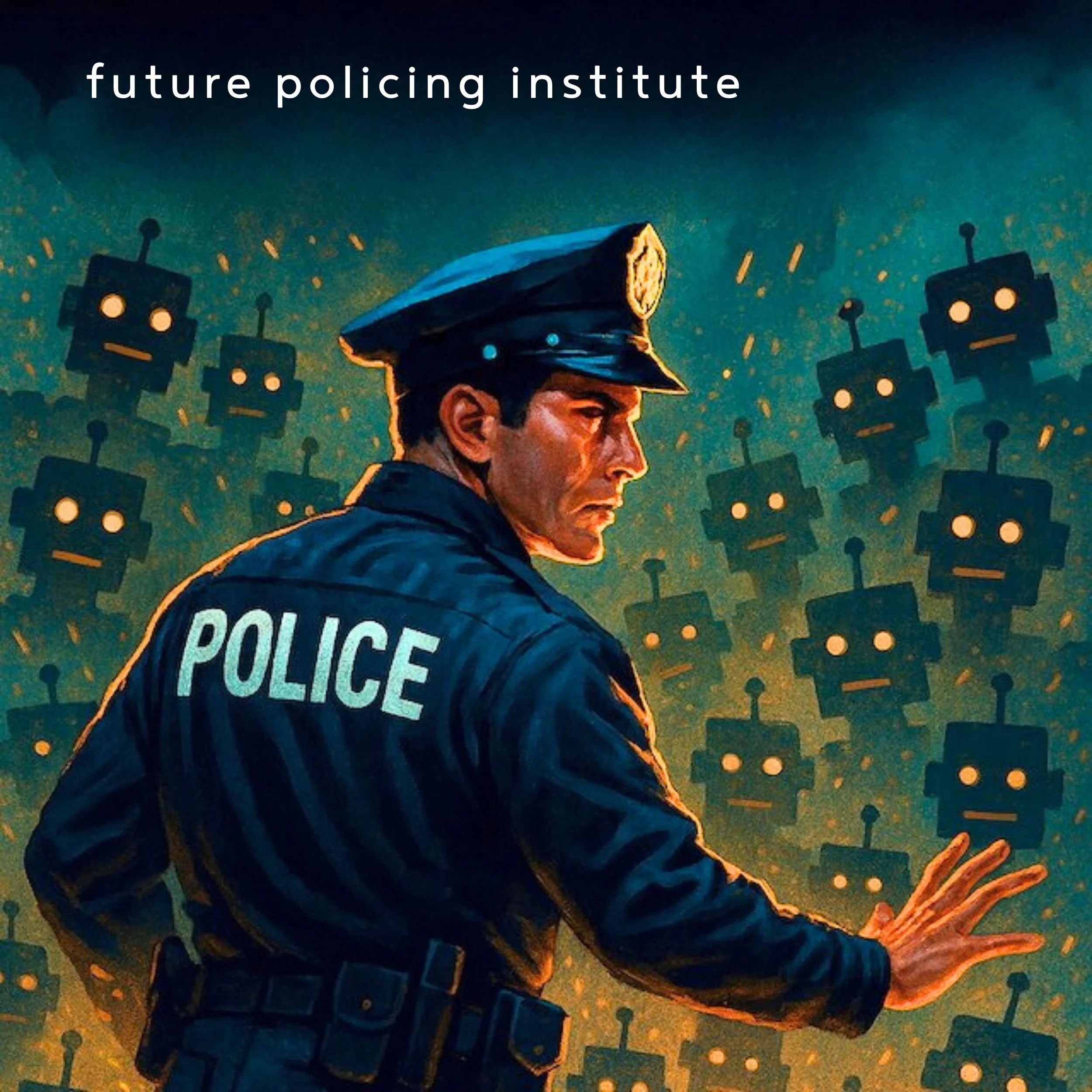
The Dark Uses of Artificial Intelligence
AI is a tool of paradox. In the right hands, it offers advances in a wide breadth if fields. In public safety, it holds great promise to dramatically improve police effectiveness, efficiency, empathy, and more just outcomes. In the wrong hands, it can become a weapon — one that does not sleep, does not tire, and can scale deception or destruction at the speed of code. State actors and criminal networks are already deploying AI to supercharge cybercrime, to flood social media with falsehoods, and to manipulate digital evidence. Deepfakes — AI-generated audio and video that appear authentic — pose a unique threat, capable of fabricating officer misconduct, manufacturing false evidence, or inflaming public outrage before the truth can catch up. They can easily shatter public confidence in our most important institutions. These are not future threats — they are present realities, growing sharper each day.
For policing, the danger lies not only in the crimes themselves, but in the erosion of trust they can cause. A single AI-forged video of misconduct can ignite unrest. A coordinated bot campaign can undermine an investigation before the facts are known. An AI-driven ransomware attack can paralyze a city’s emergency response. Each represents a fracture point where public safety, credibility, and legitimacy may collapse.
To confront this, police leaders must approach AI with both ambition and caution. The same foresight that drives innovation must also guide defense. Preventing the dark uses of AI is not a side task — it is a central mission for safeguarding communities in the digital era. By embedding resilience, transparency, and ethical safeguards into their strategies today, policing can ensure that when AI is weaponized, it does not succeed in weakening the institutions that protect democracy itself.

What Can LEOs Do When Attacked By Bots?
The fight over bot armies in Hollywood may seem like gossip, but the same digital tactics are poised to hit policing—and most departments aren’t ready. Bot-driven disinformation can turn everyday cases into credibility crises, spreading lies, stirring unrest, and even endangering officers. This article argues it’s not if but when agencies will face such attacks, making preparation essential. From monitoring spikes in online chatter to issuing timely, accurate statements and protecting officers under fire, it offers a blueprint for survival. Departments that act now will safeguard trust and integrity; those that don’t risk being overwhelmed.
